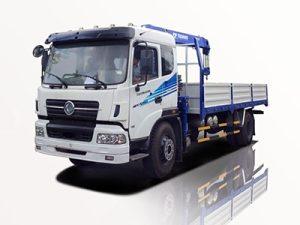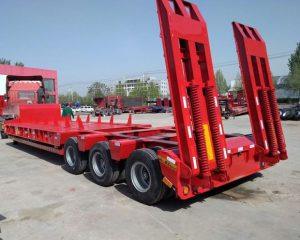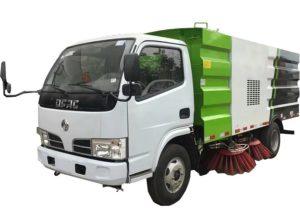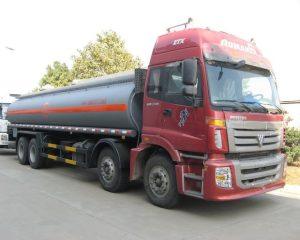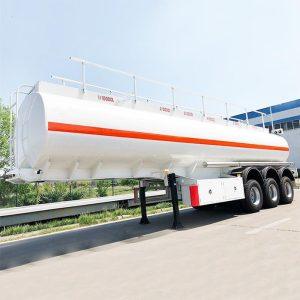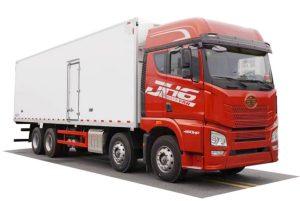Monday to Saturday - 8:00 -17:30
Essential Guide to Septic Truck Parts: Everything You Need to Know
When it comes to maintaining a fleet of septic trucks, understanding the different parts and components is crucial. These vehicles are specifically designed to transport wastewater, and having reliable septic truck parts can significantly impact performance and safety. In this comprehensive guide, we’ll explore everything you need to know about septic truck parts, including their functions, maintenance, and how to choose the right components for your truck.
Understanding Septic Trucks
Septic trucks are specialized vehicles equipped to handle the disposal and transport of septic waste. They typically include a vacuum tank, pump, and other essential components that work together to effectively manage waste. Let’s delve into the primary parts that make these trucks function efficiently.
Key Components of Septic Trucks
- Vacuum Tank
- Pump
- Hoses and Fittings
- Valves
- Chassis
- Transmission
- Electronic Components
Vacuum Tank
The vacuum tank is arguably the most crucial part of a septic truck. It is designed to hold the waste collected from septic tanks and portable toilets. Choosing the right vacuum tank involves considering the size, material, and shape suitable for your operations.
Types of Vacuum Tanks
| Type | Description | Capacity |
|---|---|---|
| Single Compartment | Simple design with one compartment, suitable for regular waste. | 1000-3000 gallons |
| Multi-Compartment | Allows separation of different types of waste. | 2000-5000 gallons |
Choosing the Right Vacuum Tank
Selecting a vacuum tank depends on your operational needs. Evaluate the following:
- Capacity: Choose a tank that can handle your average collection load.
- Material: Stainless steel is often preferred for durability and corrosion resistance.
Pumps
Pumps are responsible for creating the vacuum needed to suction waste into the tank. There are several types of pumps used in septic trucks, including rotary vane and diaphragm pumps.
Types of Pumps
- Rotary Vane Pump
- Diaphragm Pump
Rotary Vane Pump
These pumps are widely used due to their efficiency and ability to handle thicker sludge. They have moving vanes that create suction to draw waste into the tank.
Diaphragm Pump
Diaphragm pumps are reliable for sucking in smaller debris and are often used for lighter waste. They can handle solids without clogging and operate at low RPM, extending their lifespan.
Maintenance Tips for Pumps
- Regularly check seals for leaks.
- Flush the pump to prevent clogs.
- Inspect electrical connections.
Hoses and Fittings
Hoses and fittings connect the vacuum pump to the tank and serve as conduits for waste transport. Properly maintained hoses and fittings are essential to ensure efficiency and safety.
Types of Hoses
- Flexible Hoses
- Rigid Hoses
Flexible Hoses
These hoses are easier to maneuver around septic tanks. Ensure that they are made of durable materials that can withstand abrasions and chemical exposure.
Rigid Hoses
Ideal for straight runs, rigid hoses often offer a permanent solution for waste transport. They require specific fittings to maintain a secure connection.
Valves
Valves control the flow of waste in the system. They are essential for preventing accidents during waste transport.
Types of Valves
- Ball Valves
- Gate Valves
- Check Valves
Ball Valves
Known for their durability, ball valves are often used for on/off controls in septic operations.
Check Valves
These valves prevent backflow and are crucial in maintaining the integrity of the system.
Chassis
The chassis is the truck’s base, providing structural support for all components. It’s vital to ensure that your chassis is robust enough to handle the weight of the loaded tank.
Choosing the Right Chassis
Evaluate the weight capacity, drive type (2WD vs. 4WD), and manufacturer reliability when selecting a chassis suitable for your septic operations.
Transmission
The transmission controls how power is delivered from the engine to the wheels. For septic trucks, a strong transmission is crucial since these vehicles carry heavy loads.
Types of Transmissions
- Automatic Transmission
- Manual Transmission
Automatic Transmission
Automatic transmissions are often easier to use, especially for drivers who may not be experienced with manual shifting.
Manual Transmission
While requiring more skill to operate, manual transmissions can provide better control in rugged or off-road situations.
Electronic Components
Modern septic trucks come equipped with electronic systems that regulate various functions, including pump controls and GPS tracking. Maintaining these components ensures the truck operates efficiently and safely.
Maintenance of Electrical Systems
- Regularly examine wiring for frays or exposed insulation.
- Test battery and electrical connections to ensure reliability.
Costs of Septic Truck Parts
The costs associated with septic truck parts can vary greatly depending on the type, quality, and vendor. Below is a breakdown of average costs:
| Part | Estimated Cost |
|---|---|
| Vacuum Tank | $2,000 – $10,000 |
| Pump | $500 – $3,000 |
| Hoses | $100 – $500 |
| Valves | $50 – $500 |
| Chassis | $15,000 – $50,000 |
| Transmission | $5,000 – $15,000 |
Where to Buy Septic Truck Parts
When looking to purchase septic truck parts, consider various suppliers and manufacturers. Some options include:
- Online marketplaces (e.g., Amazon, eBay)
- Specialized suppliers (e.g., tanks and pump manufacturers)
- Local commercial truck parts suppliers
Practical Tips for Septic Truck Maintenance
To ensure that your septic truck operates optimally, regular maintenance is essential. Here are some practical tips:
- Regular Inspections: Check all components for wear and tear.
- Clean the Tank: Regularly flush and clean the vacuum tank.
- Keep Documentation: Maintain a log of repairs and replacements.
FAQs About Septic Truck Parts
What is the average lifespan of septic truck parts?
The lifespan can vary widely based on usage and maintenance but generally ranges between 5 to 15 years for most major components.
How often should I replace my septic truck parts?
Regular inspections should determine replacement frequency, but crucial components like pumps may need replacement every 5-10 years depending on usage.
Can I upgrade my septic truck parts for better performance?
Yes, upgrading parts like pumps or the chassis can enhance performance. Consult with a professional to ensure compatibility with your truck.
Where can I find OEM septic truck parts?
OEM parts can often be found through the vehicle manufacturer or authorized dealers, ensuring quality and compatibility.
What are the signs of wear in septic truck parts?
Signs of wear may include leaks, unusual noises from the pump, reduced suction performance, and visible corrosion on the vacuum tank.
Is it necessary to hire a professional for septic truck maintenance?
While some maintenance can be done independently, hiring a professional is recommended for complex repairs to ensure safety and compliance with regulations.



